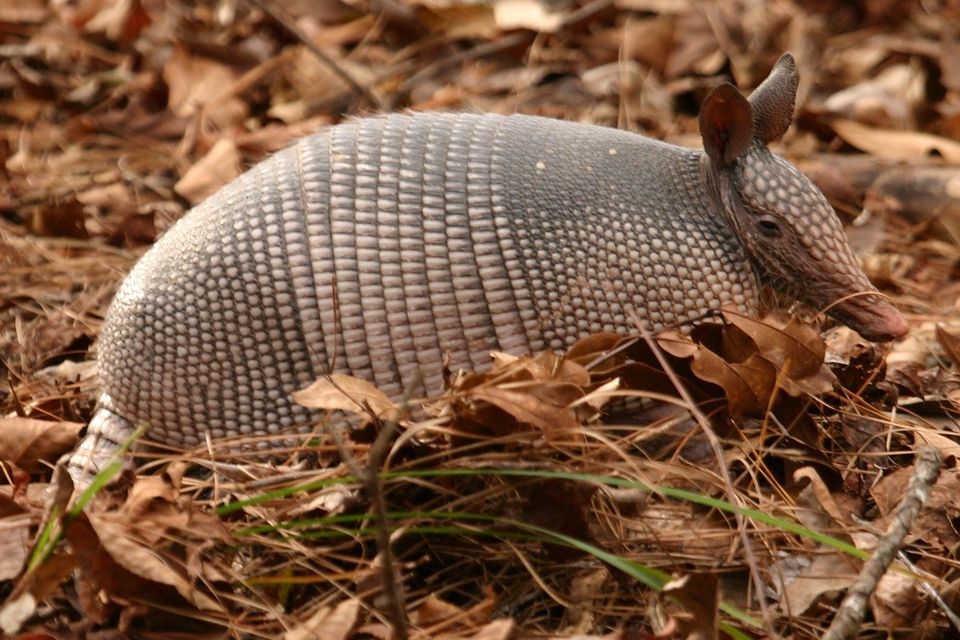All About the Armadillo
Armadillo Populations May Grow with Warming Climates
Everyone knows about squirrels in the attic or voles in the yard, but armadillos can be a serious problem as a garden pest in some regions. These peculiar little animals are very common in the southern states, particularly in Texas and Alabama. Their territory is spreading as climate warms up, so you may start to see more and more armadillos around the country.
Before you find armadillos in your own yard, you should get to know a bit more about them so you can properly protect your plants and grass. Let's take a look at how they live, and how you can eliminate them when necessary.
The Life of an Armadillo
You can't mistake the tank-like shape of an armadillo, or their famous habit of rolling into a tight ball when threatened. They are nocturnal animals, so you may not seem that much during the day. You'll know they were in your garden when you see the holes torn up overnight.
Armadillos are insectivores and spend the nights digging for worms, grubs and termites. Though they will dig through a garden bed, it's more likely that they choose to pull up grass or turf instead.
There is an old wives tale about armadillos, that they are dangerous because they carry leprosy. This isn't true and while they certainly can be a pest when they pull up your plants, there is no risk to your health just having them around.
Getting Rid of Armadillos
Unlike the more nimble rodent pests, armadillos aren't much for climbing. A sturdy fence with no gaps, and buried at least a foot down under the surface of the soil is a decent way to keep out armadillos. Since they won't be climbing it or jumping over, it only needs to be about 3 feet high. A 2 foot fence may even suffice as armadillos only leap around when startled or trying to escape from a predator. They aren't that likely to attempt jumping over a barrier simple to get over it. They'll start digging first.
If putting up a new fence isn't an appealing chore, there are other options that you can take. Armadillos have a very powerful sense of smell, and its easy to repel them with the right scented products. A DIY spray of pine or cedar oils can be effective though you'll have to spray around the yard after a rain. Granular scented repellents are a less-hassle choice because they are weather-proof. One that smells like a coyote, an armadillo's natural predator, can be very effective.
Traps are not a good option because they can be difficult to bait with live worms. Instead, try a trap set up near the access point of their burrow (if you can find it) and you may be able to snag them as they are coming and going.
Frequently finding armadillo damage in your garden can mean you have a problem with grubs in your grass. That may be worth looking into on its own. Without that tempting food source, armadillos will leave your yard alone anyway.
Critter Repellent All Natural Animal Repellent Blog













